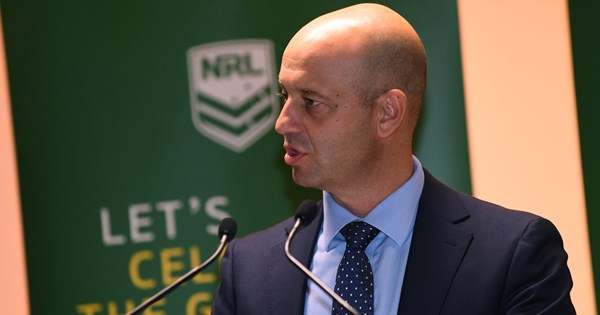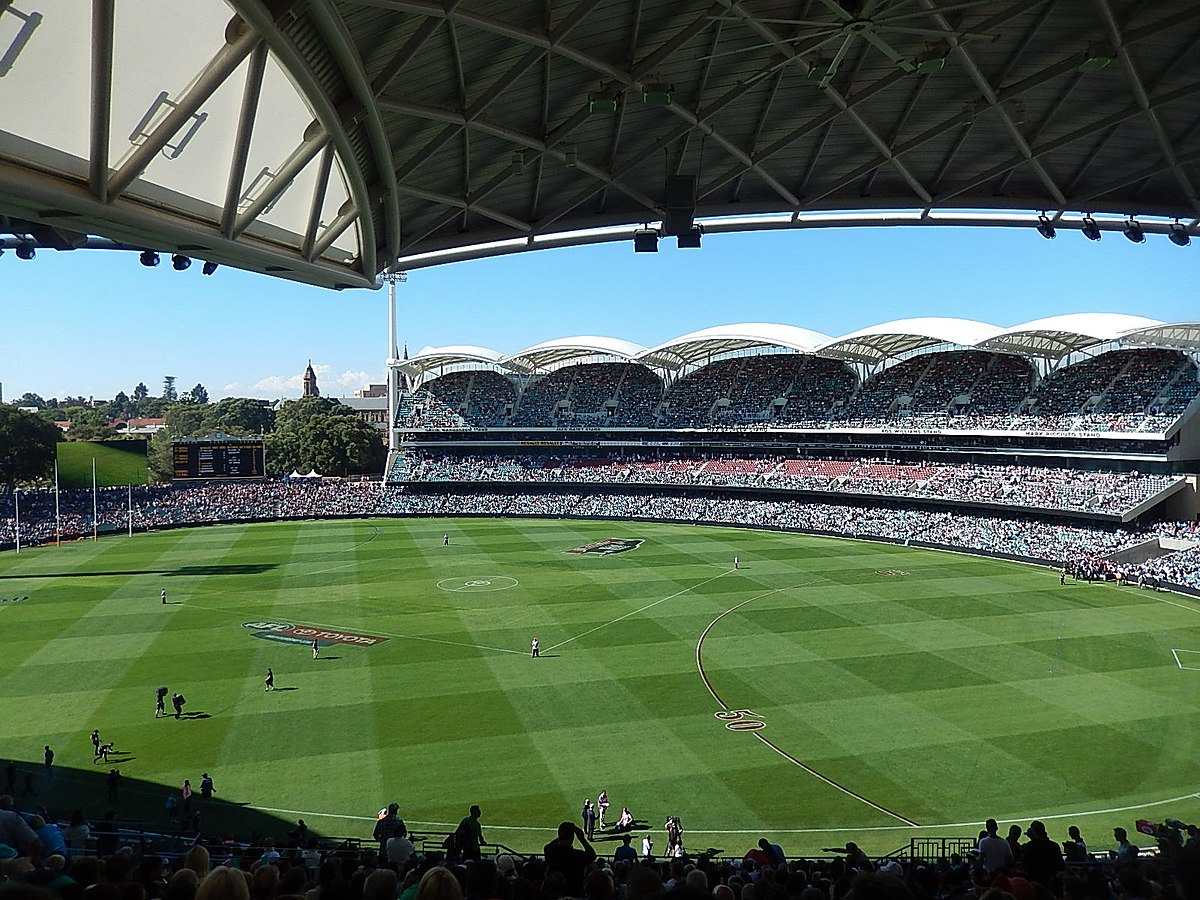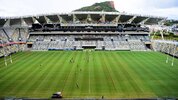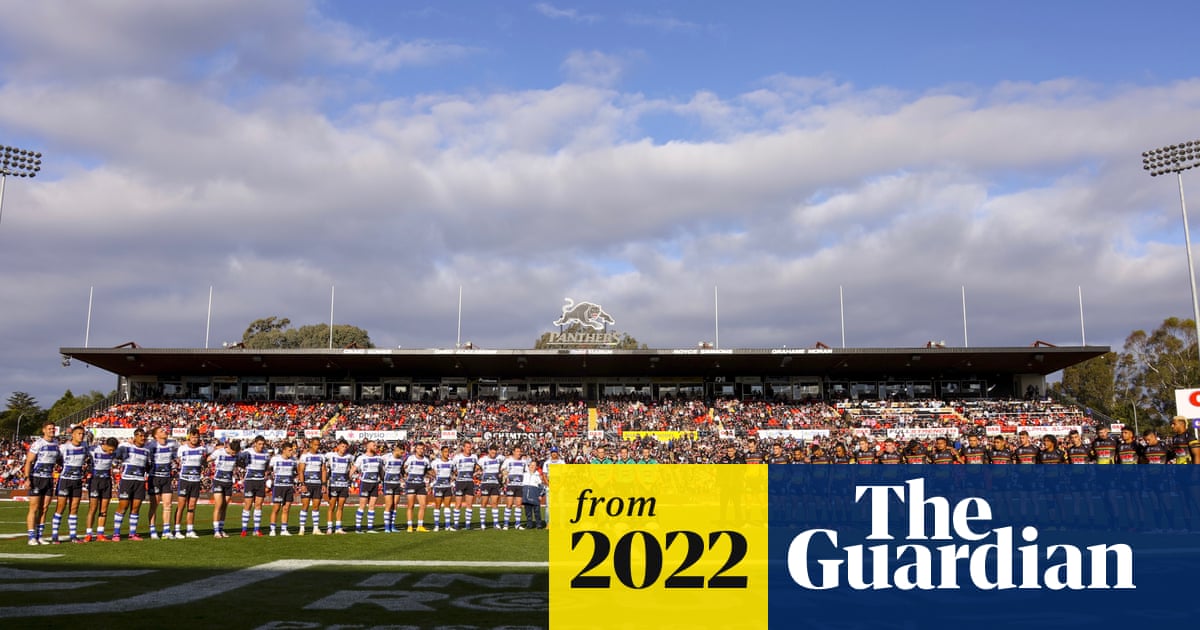Get Rid of The Donkeys
Coach
- Messages
- 14,822
Sydney and Brisbane are big TV markets, therefore proving my point.
| Metropolitan Area | Population |
|---|---|
| Melbourne | |
| Sydney | |
| Brisbane | |
| Perth | |
| Adelaide |
Except it really f**king doesn't because Perth is almost as big as Brisbane. Combine Adelaide and Perth and you've got more people than Brisbane.
I have never stated, even once, that I supported teams being expelled when it happened 25 years ago.
The Sydney clubs and their supporters orchestrated the removal of non-Sydney clubs to save spots for themselves. There are people on this forum who are against expanding into Adelaide and Perth. I've seen people on here and other forums oppose a second Brisbane team because they reckon it should go to the Bears.
The problem with inventing some criteria to remove clubs with (as you have) is that it will inevitably mean club I support will have to be culled, as all clubs go through fallow years.
What makes you think the Cowboys will ever experience poor returns from sponsorship and corporate hospitality?
When the NRL was rationalised down to 14 teams the Cowboys passed the criteria because they generated more revenue from sponsorship and corporate hospitality than everyone except the Broncos and Knights in 1995, 1996, 1998 and 1999. That was when the club struggled on the field. If the Cowboys were ahead of the Sydney clubs in 2000 -- after three disastrous seasons on the field and the Super League War -- then there's little chance of them ever slipping below them now that they're well established. The fact they're entering the 20th year of their partnership with Toyota Dealerships shows they're a stable and well run club.
Here's a breakdown of what happened in 2000, provided by NRL.COM:
Admission criteria
All clubs had to meet a Basic Criteria based on playing facilities, administration, solvency and development.
To determine which teams survived, clubs were ranked for the 1995, 1996, 1998 and 1999 seasons on:
Clubs were also required to have a minimum revenue of $8 million per season, including gate receipts of $1.25m and net sponsorship of $2.5m.
While the three Sydney clubs who had aligned with Super League – Canterbury, Penrith and Cronulla – were considered the most profitable, every non-Sydney club produced larger gate receipts than their Sydney rivals.
The final rankings were:
1 Brisbane, 2 Newcastle, 3 Melbourne, 4 Canterbury, 5 Cronulla, 6 Sydney Roosters, 7 Parramatta, 8 North Queensland, 9 Warriors, 10 Canberra, 11 Manly, 12 Penrith, 13 Balmain, 14 North Sydney 15 Western Suburbs, 16 South Sydney.
St George Illawarra were not included as they had merged at the end of the 1998 season – meaning Norths, Wests and Souths were excluded from the 2000 premiership.
Mergers and financial incentives
With the NRL offering $8 million to encourage mergers, Balmain and Wests also formed a joint venture, as did Manly and Norths (Northern Eagles), while the Rabbitohs took legal action which led to them being restored to the competition in 2002.
However, the outcome of an appeal against Souths' win in court gives the NRL the right to exclude clubs in the future and the game may need to go through a similar process if it is decided to keep the number of teams at 16 but revamp the competition from 2023.

 www.nrl.com
www.nrl.com
All clubs had to meet a Basic Criteria based on playing facilities, administration, solvency and development.
To determine which teams survived, clubs were ranked for the 1995, 1996, 1998 and 1999 seasons on:
- Home crowds (1. Broncos, 2. Knights, 3. Eels);
- Away crowds (1. Broncos, 2. Eels. 3. Roosters);
- Competition points (1. Storm, 2. Broncos, 3. Bulldogs);
- Gate receipts (1. Broncos, 2. Storm, 3. Knights);
- Profitability (1. Bulldogs, 2. Panthers, 3. Sharks), and;
- Sponsorship (1. Knights, 2. Broncos, 3. Cowboys).
Clubs were also required to have a minimum revenue of $8 million per season, including gate receipts of $1.25m and net sponsorship of $2.5m.
While the three Sydney clubs who had aligned with Super League – Canterbury, Penrith and Cronulla – were considered the most profitable, every non-Sydney club produced larger gate receipts than their Sydney rivals.
The final rankings were:
1 Brisbane, 2 Newcastle, 3 Melbourne, 4 Canterbury, 5 Cronulla, 6 Sydney Roosters, 7 Parramatta, 8 North Queensland, 9 Warriors, 10 Canberra, 11 Manly, 12 Penrith, 13 Balmain, 14 North Sydney 15 Western Suburbs, 16 South Sydney.
St George Illawarra were not included as they had merged at the end of the 1998 season – meaning Norths, Wests and Souths were excluded from the 2000 premiership.
Mergers and financial incentives
With the NRL offering $8 million to encourage mergers, Balmain and Wests also formed a joint venture, as did Manly and Norths (Northern Eagles), while the Rabbitohs took legal action which led to them being restored to the competition in 2002.
However, the outcome of an appeal against Souths' win in court gives the NRL the right to exclude clubs in the future and the game may need to go through a similar process if it is decided to keep the number of teams at 16 but revamp the competition from 2023.

What will it take for a Sydney club to consider relocation?
If a team from England is brave enough to relocate to Canada, what will it take for a Sydney club to secure their future by moving to Brisbane or Perth?
Once again it's your subjective opinion about the "quality" of player maker's, and particularly the one about kids getting "bashed", compare RL in 2023 with what was allowed in 1993 and its a world of difference.
It's an opinion shared by people who've played and coached the game at the highest level.
Last edited:






